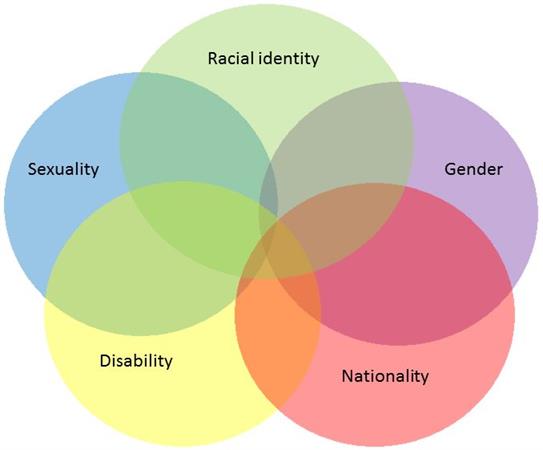Since 1913, International Women’s Day has been marked annually on 8 March.
International Women’s Day provides an opportunity to shed light on the many achievements of women in various fields. It also gives us the chance to think about where, and why, persistent gender gaps still exist. This year’s theme is #EmbraceEquity.
What is equity, and how is it different to equality?
Although equity and equality are often used interchangeably, when put into practice, they can result in completely different outcomes. Equality is when each individual is given exactly the same resources and/or opportunities, regardless of their differences. Equity, on the other hand, recognises these differences and allocates the resources and/or opportunities needed to reach an equal outcome.
Equality-based solutions do not consider historical and current disadvantages, differences in ability, and/or differences in available opportunities. Equity-based solutions are designed to address imbalances in social systems, with the end goal of achieving equality in outcomes.
How equal is Aotearoa for women?
Relative to global standards, women in Aotearoa enjoy freedom of participation in the economic, social, and political spheres. We ranked fourth out of 146 countries in the 2022 Global Gender Gap Index, produced annually by the World Economic Forum (Iceland took the top spot).
Aotearoa is one of only six countries in the world to have achieved gender equality in Parliament. The public service is successfully leading the way for equal gender representation. As at June 2021, 53.5 percent of the top three tiers of senior management in the Public Service were women. However, the private sector is lagging behind the Public Service; in 2019 just 25.9 percent of board members in the top 100 listed companies were women.
In general, women have a higher educational attainment than men. In 2019, 61.5 percent of all students enrolled in a Bachelor’s degree or higher were women. But, gender perceptions and stereotypes still subtly play a role in our career choices. For example, there is still a clear gender segregation in subjects studied. Over half the students enrolled in education, health, and hospitality related courses were women, but they made up less than 40 percent of students enrolled in information technology or engineering related courses. Women are also still expected to, or choose to, perform more unpaid work in the home. Men spent most (63 percent) of their time on paid work, while women spent most (65 percent) of their time on unpaid work. Women also volunteer for organisations at higher rates than men. In June 2018, 13.7 percent of women volunteered for an organisation compared to 10.9 percent of men.
This gender segregation in education and career choices, and the higher rates of unpaid work amongst women, has an impact on outcomes in the labour market. The gender pay gap in Aotearoa is 9.2 percent, but it is higher for Māori, Pacific, and women of other ethnicities. Cultural and social differences, coupled with historical disadvantages and bias, mean that achieving equality is more of an uphill battle for some women than others. Applying an intersectional lens to research is key to designing equitable and inclusive solutions.
